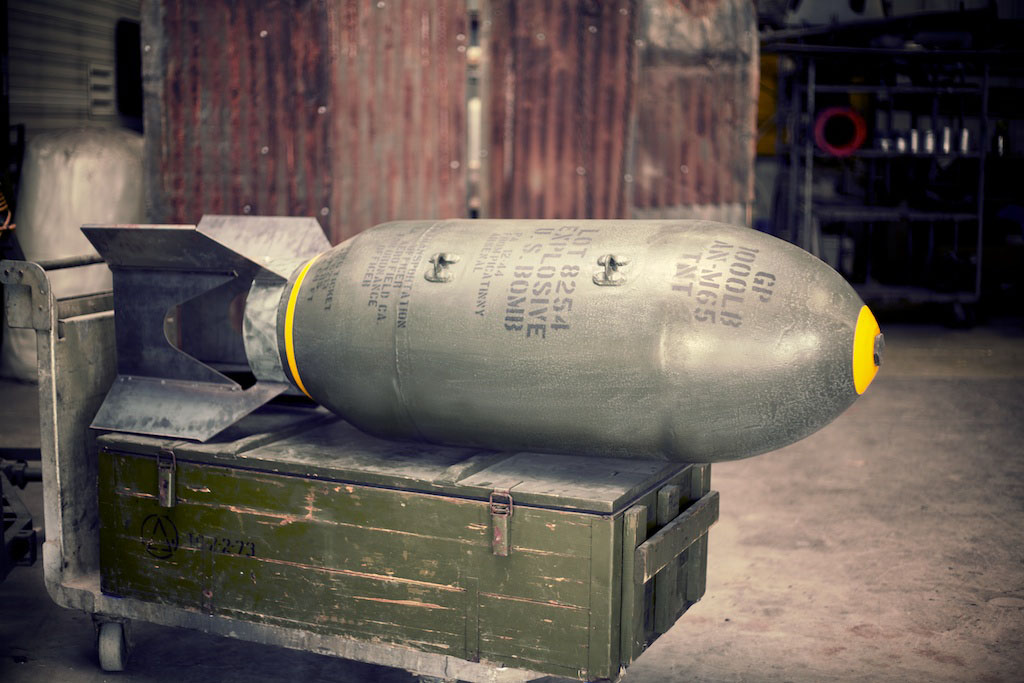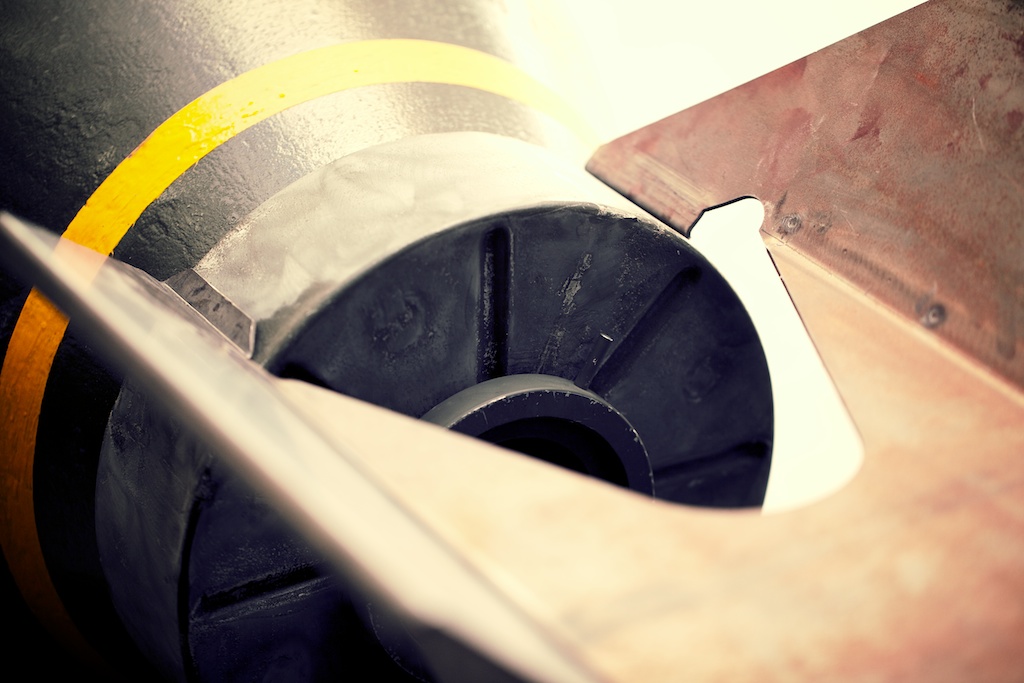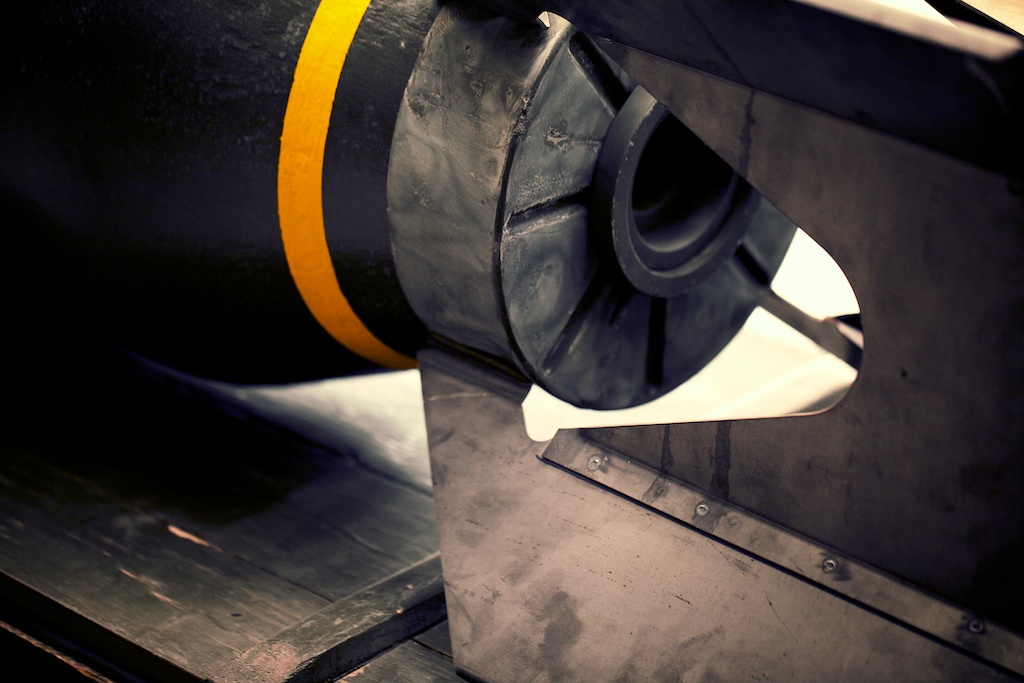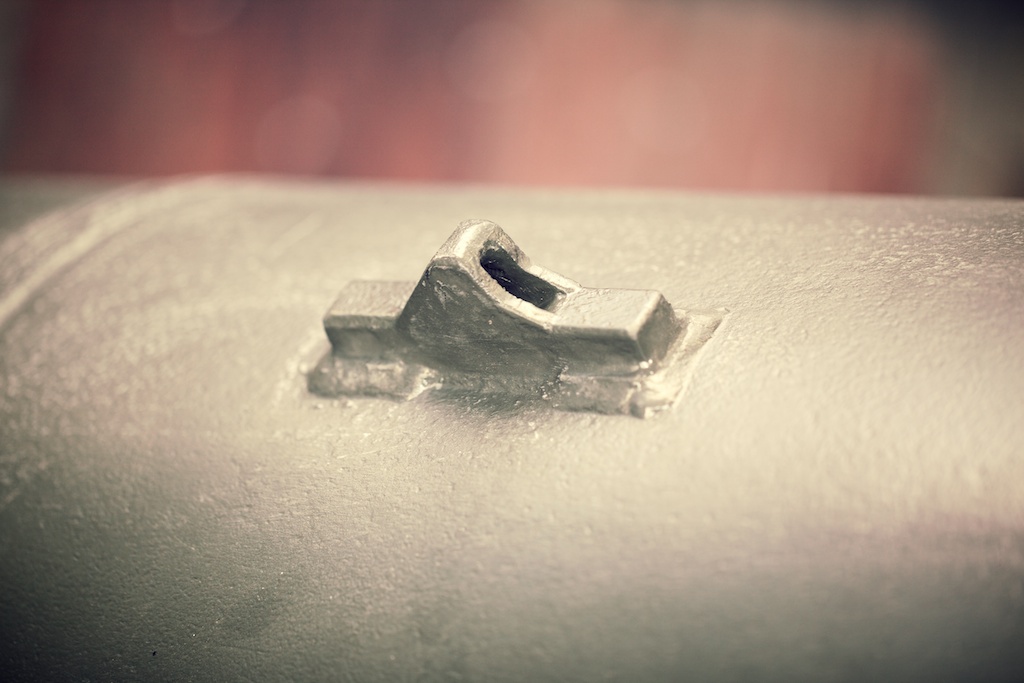AN-M65/44 1000 lb. GP Bomb – Air Worthy:
THIS BOMB LOOKS SO REAL, IT FOOLS THE EXPERTS.
PAINTED OLIVE DRAB (ARMY GREEN) WITH 1″ YELLOW STRIPES AND BLACK STENCILED MARKINGS
Replica Bomb includes: Body, fins, fin lock nut, nose plug.
WEIGHT: ………………..APPROXIMATELY 25-30 lbs.
DIAMETER:………………………………..18 INCHES
OVERALL LENGTH: …………………..69.5 INCHES
All Replica bombs are build from light weight composite materials and aluminum. All threads are identical and interchangeable with the genuine article. Metal fins are powder coated. Composite parts are coated with gelcoat which is more durable then paint. The gel coat used is UV stabilized and can handle prolonged exposure to harsh weather and from people poking and prodding.
THIS ITEM IS FOR DISPLAY ONLY
The AN-M44 was used in the first half of WWII. It contains 2 Army suspension lugs spaced at 14″ and will mount on 14″ bomb shackles. The AN-M65 was used in the later parts of WWII. It also has 2 Army suspension lugs spaced at 14″ and a Single Navy dive bomber lug on the opposite side. The stenciling varies between the two models. Other then that the replicas are identical.
AN-M65/ AN-M44 1000 lb BOMB Fun Facts
The old GP bombs are a relatively thin-cased with an ogival nose, parallel sidewalls, and a tapered aft section. A new series of bomb was developed and standardized in 1939. The “M” series demolition bombs were cylindrical in shape with a box type tail assembly. The GP is distinguishable from the M-series by the base plug in the tail and a single suspension lug in addition to two Army lugs. The single suspension lug is used on dive bombers and the dual suspension lugs, 14 inches apart, were use in horizontal bomb-racks. Designed originally for anti-personnel or such targets as ammunition dumps, railway rolling stock, ordinary buildings, supply depots, grounded planes, and aircraft installations. The standard explosive filler is amatol. Alternate fillers are TNT, composition B, and Tritonal.
Principle of Operation: During bomb’s release from the aircraft, the propeller (vane) rotates, allowing an impeller to spin. After a certain number of revolutions, the fuse becomes armed, allowing it to function. When the bomb impacts the target, the firing pin punches the detonator causing it to detonate, activating the booster charge, which causes the main charge to function. These bombs are equipped with nose and tail fuses. The common nose fuse is the AN-M103 and the tail fuse is the AN-M101A2.








